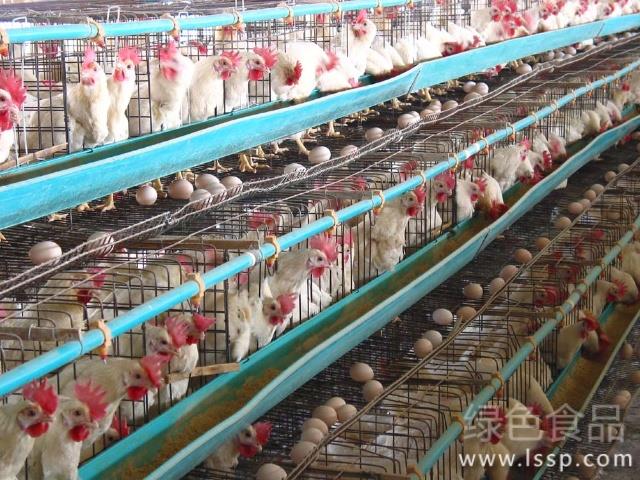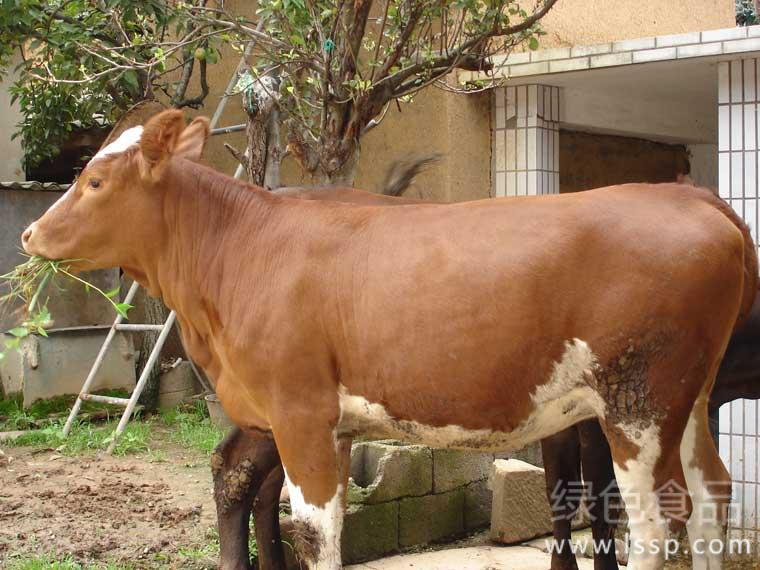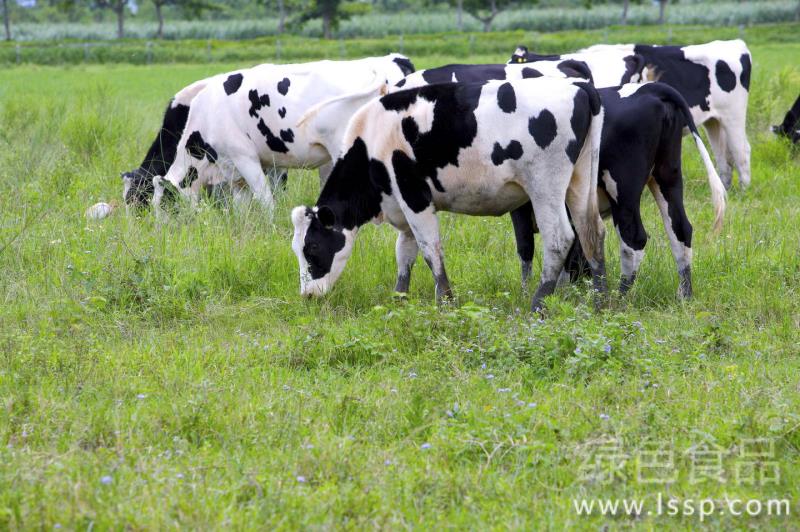Improper management affects the management of laying hens during the peak laying period.
Laying hens enter the expected laying period from the age of 16 weeks, and can reach the peak of egg production at the age of 25 weeks. whether the level of feeding and management in this period meets the requirements of growth and development and egg production of laying hens has a great impact on the egg production of laying hens in the whole laying period.

Laying hens
I. characteristics of physiological changes
1. The laying hens entered the laying cycle from about 18 weeks old, the body weight increased rapidly and the reproductive system developed rapidly. A large number of follicles on the ovary grow rapidly, and the fallopian tubes become thicker, longer and heavier. Weight gain and reproductive system maturation occur at the same time. At this time, some chickens began to lay eggs, and the laying rate of well-developed chickens reached 5% at the age of 20 weeks, 50% at the age of 22 weeks, 50% at the age of 24 weeks, and 80% at the age of 24 weeks, so the chickens were very strict with various nutrients in feed and external environmental conditions during this period.
two。 After the laying hens entered the expected delivery period, great physiological changes have taken place in the body, both physically and mentally in a state of physiological stress, coupled with the effects of herd conversion, immunity, deworming and so on, the body resistance decreases obviously and is prone to all kinds of diseases.
II. Feeding and management measures
1. Change groups at the right time, inoculate and deworming on time. The work of laying hens should be completed before the age of 18 weeks, so that the laying hens can be familiar with the environment as soon as possible. If it is too late, it is easy to stop the production of some chickens that have already opened, or cause yolk peritonitis by falling yolk into the abdominal cavity. Newcastle disease oil vaccine plus live vaccine, egg drop syndrome inactivated vaccine and other vaccines should be vaccinated before or at the same time. After entering the cage, it is best to carry out a thorough deworming work, and spraying drugs can be used for body surface parasites such as mites, lice and so on. You can take albendazole 20mg / kg body weight internally for parasites, or take alfampicin (Chongnexing) in the mix. A variety of vitamins and antibiotics should be added to the diet before and after group conversion and inoculation to reduce stress reaction.
two。 Change the egg laying ingredients at the right time. In order to adapt to the weight increase of laying hens, the growth of reproductive system and the demand for calcium, laying hens can be fed with feed from 18 weeks of age and peak laying period from 20 weeks of age. At the same time, double the amount of multivitamins in the material. During this period, the restriction on feeding should be abolished and laying hens should be allowed to eat freely. Make sure there is always material in the slot during the lighting period.
3. Increase the lighting time. The natural light method is often used in the breeding period of chickens raised by specialized households in rural areas. At the age of 18 weeks, if the weight of the chicken population reaches the standard, the light can be increased by 30 minutes every two weeks until the peak of the laying rate reaches 15 or 16 hours per day. If the flock is light in weight and slow in development, it can be delayed to 20 weeks old to increase the light time while increasing the feed. The principle of illumination during egg laying is that the time cannot be shortened and the intensity cannot be weakened.
4. Create a comfortable environment for laying hens. The most suitable temperature for laying hens is 13 ℃ ~ 23 ℃. It is best to keep it above 10 ℃ in winter and below 30 ℃ in summer. It is necessary to maintain indoor ventilation, prevent all kinds of noise, and maintain the stability of the environment and feeding, drinking water and light.
5. Do a good job in the prevention and control of epidemic diseases. The main results are as follows: (1) after the layers were caged, antibiotics such as norfloxacin, ciprofloxacin and gentamicin were added to the feed or drinking water for one week every 4 to 5 weeks to prevent colibacillosis, salmonellosis and enteritis. (2) add multiple vitamins to the feed regularly to meet the laying needs of chickens, reduce various stress reactions, and improve resistance to various diseases. (3) strengthen hygienic management, implement reasonable immunization procedures, and adhere to the system of disinfection of laying hens and environmental disinfection to prevent the introduction of epidemic diseases. Pay close attention to whether the increase in the laying rate is up to the standard, and pay close attention to any minor effects of the external environment on the chicken flock.
- Prev

The weight gain of hot beef cattle in summer slows down the breeding points of summer beef cattle
The weight gain of hot beef cattle in summer slows down the breeding points of summer beef cattle
- Next

If acidosis is not treated in time, how to prevent and cure acidosis in dairy cows
If acidosis is not treated in time, how to prevent and cure acidosis in dairy cows
Related
- On the eggshell is a badge full of pride. British Poultry Egg Market and Consumer observation
- British study: 72% of Britons are willing to buy native eggs raised by insects
- Guidelines for friendly egg production revised the increase of space in chicken sheds can not be forced to change feathers and lay eggs.
- Risk of delay in customs clearance Australia suspends lobster exports to China
- Pig semen-the Vector of virus Transmission (4)
- Pig semen-the Vector of virus Transmission (3)
- Five common causes of difficult control of classical swine fever in clinic and their countermeasures
- Foot-and-mouth disease is the most effective way to prevent it!
- PED is the number one killer of piglets and has to be guarded against in autumn and winter.
- What is "yellow fat pig"? Have you ever heard the pig collector talk about "yellow fat pig"?

